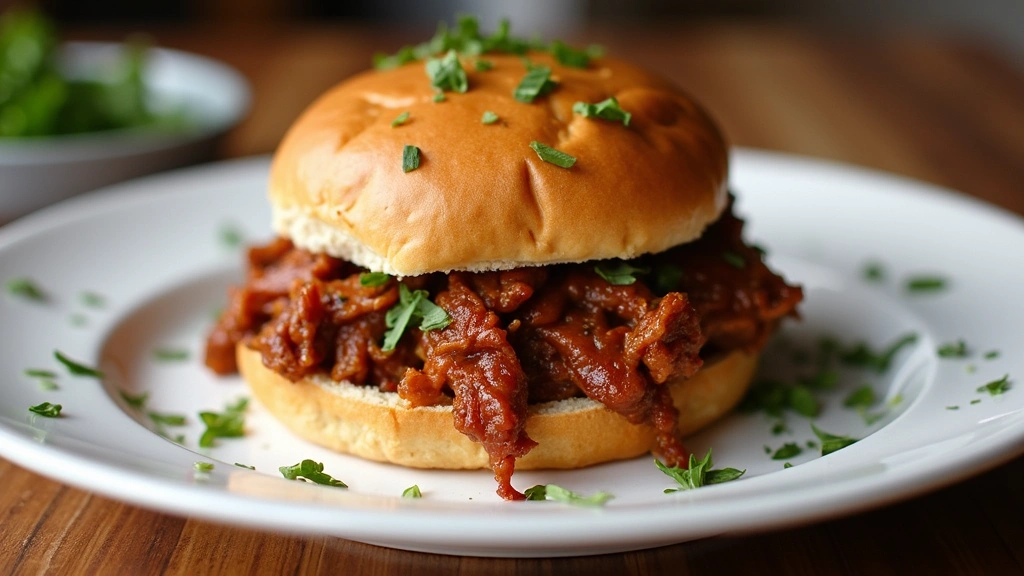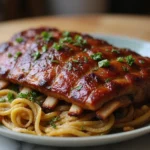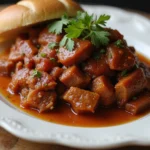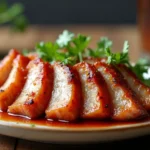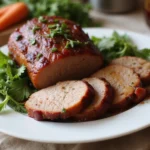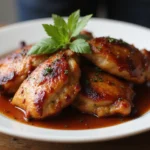Creative Leftover BBQ Pulled Pork Recipes are the culinary magic that turns yesterday’s barbecue into tomorrow’s gourmet delight.
The smoky, savory flavors meld with unexpected ingredients to create dishes that are both comforting and innovative.
I first stumbled upon these creative transformations at a local barbecue festival, where chefs showcased their flair for reinventing classic dishes.
Whether you’re looking to spice up a weeknight dinner or impress guests at your next gathering, these recipes will have everyone asking for seconds.
The History and Cultural Significance
• Creative Leftover BBQ Pulled Pork Recipes trace their origins to the Southern United States, where barbecue culture flourished in the mid-20th century.
• The dish evolved over decades as home cooks began to experiment with flavor combinations and cooking techniques, ensuring that no part of the pork went to waste.
• In Southern culture, pulled pork is a staple at gatherings, family reunions, and celebrations, symbolizing hospitality and abundance.
• While many variations exist across different regions, the authentic version maintains a slow-cooked, tender texture that sets it apart from imitations.
Recipe Overview
Nutritional Information (per serving)
Ingredients
Essential Equipment Guide
Slow Cooker: A slow cooker is essential for achieving that melt-in-your-mouth texture with pulled pork. Look for one with a programmable timer for convenience.
Cast Iron Skillet: Ideal for searing the pork before slow cooking, a cast iron skillet retains heat well and gives a beautiful crust. Alternatives include non-stick pans, but they won’t provide the same flavor.
Chef’s Knife: A good chef’s knife is crucial for shredding the pork evenly. Ensure it’s sharp for clean cuts and consider a knife with a comfortable grip for better control.
Preparation Methods
Shredding Pork: Shredding the pork properly ensures that it absorbs flavors from the sauce and other ingredients. Use two forks or your hands to break apart the meat into bite-sized pieces, making sure to distribute the fat evenly for moisture.
Sautéing Vegetables: Sautéing the vegetables before adding them to the dish enhances their flavors and releases their natural sweetness. Cook them in a bit of oil until they are soft and translucent before mixing in with the other ingredients for a more complex flavor profile.
Layering Flavors: Layering flavors means adding ingredients at different times to build depth. Start with aromatics like onions and garlic before introducing the meat and sauce to create a rich and savory base.
Step 1: Prepare Ingredients
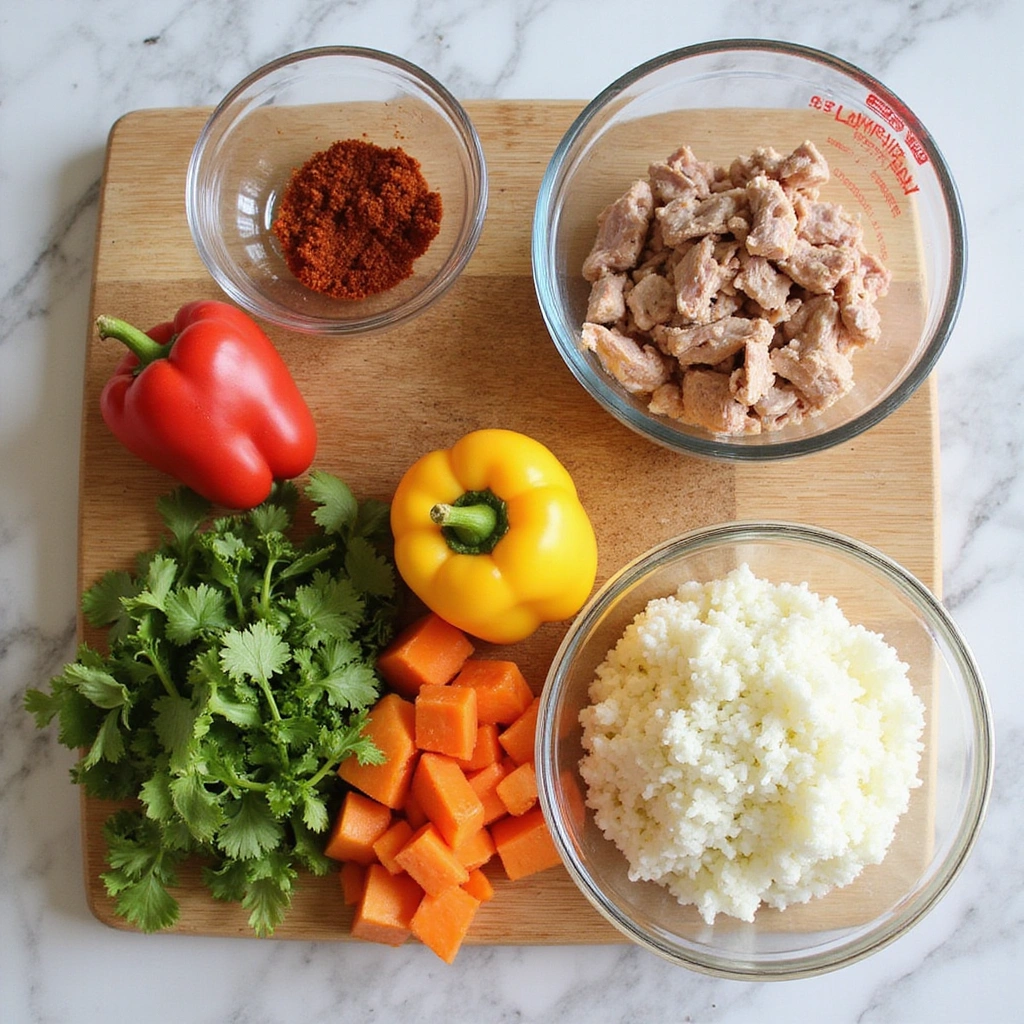
Gather all your ingredients on a clean countertop.
Measure out the pulled pork, rice, and any vegetables you will be using.
Chop the bell pepper and onion into fine pieces for even cooking.
This organization will streamline your cooking process and ensure you don’t miss any components.
Step 2: Sauté Vegetables
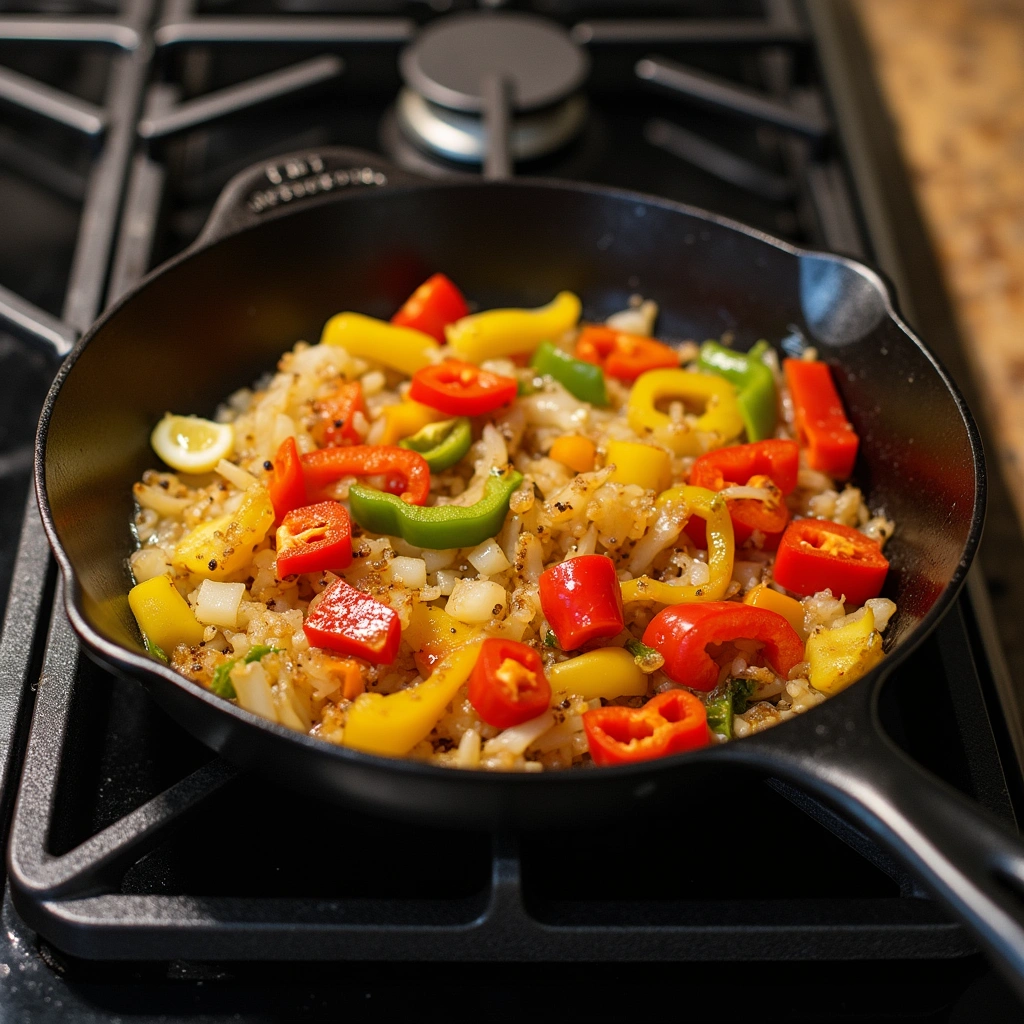
Heat a cast iron skillet over medium heat and add a splash of oil.
Once hot, add the chopped onion and bell pepper, stirring frequently.
Cook until the vegetables are soft and translucent, about 5-7 minutes.
This step enhances their flavors and prepares them for the dish.
Step 3: Mix in Pulled Pork
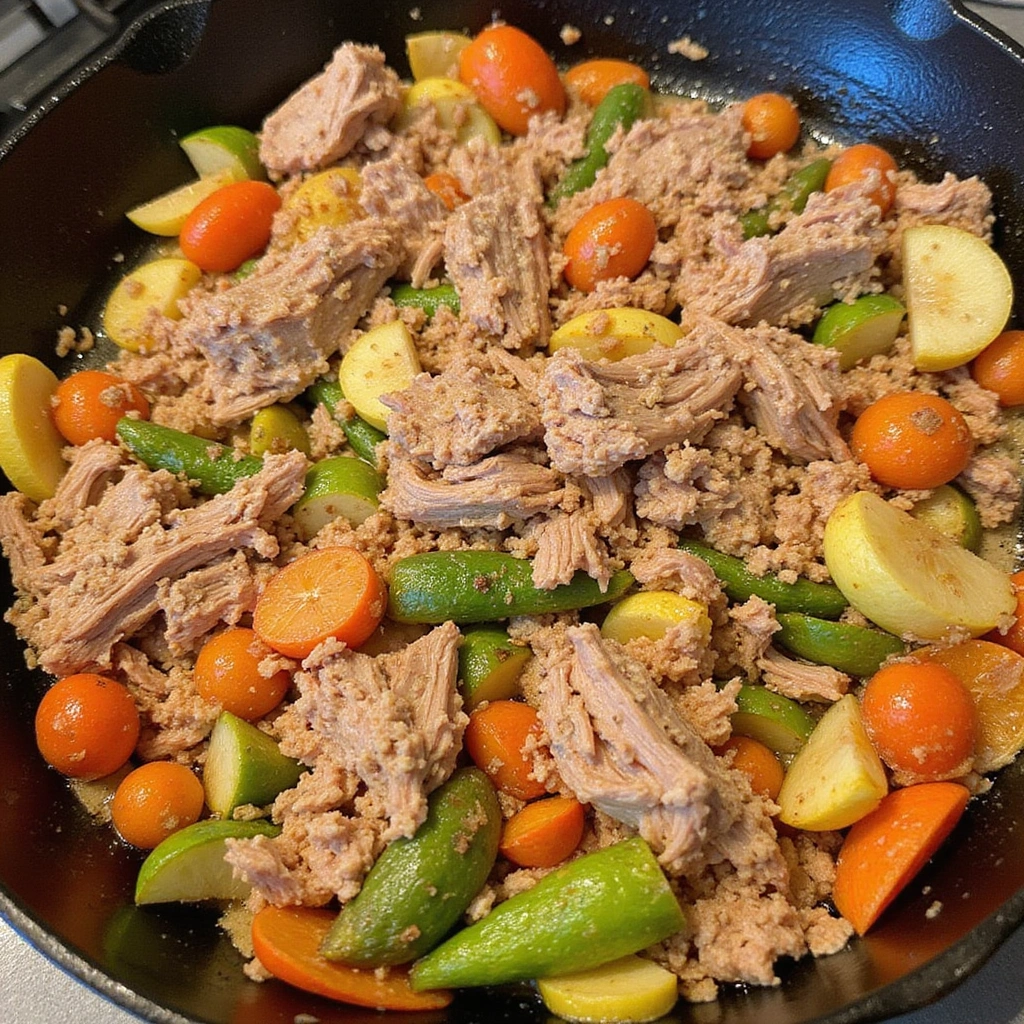
Add the shredded BBQ pulled pork to the skillet with the sautéed vegetables.
Stir well to combine everything evenly and let it heat through for about 3-5 minutes.
This allows the flavors to meld together, creating a cohesive mixture.
Keep an eye on the skillet to prevent burning.
Step 4: Add Rice and Sauce
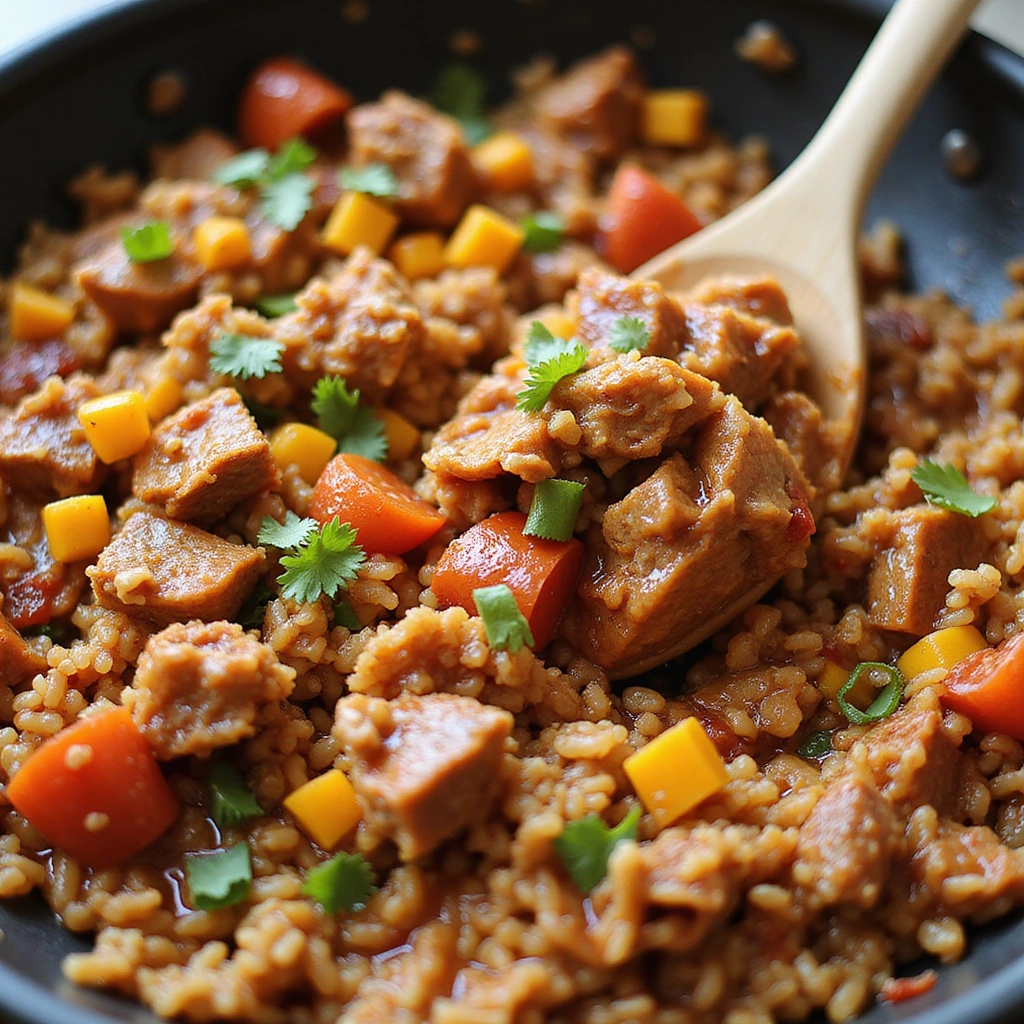
Stir in the cooked rice and BBQ sauce into the skillet with the pork and vegetables.
Mix everything thoroughly until the rice is evenly coated with sauce.
Let the mixture simmer for another 5-10 minutes, allowing the flavors to combine.
Watch for bubbling, which indicates it’s heated through.
Step 5: Season to Taste
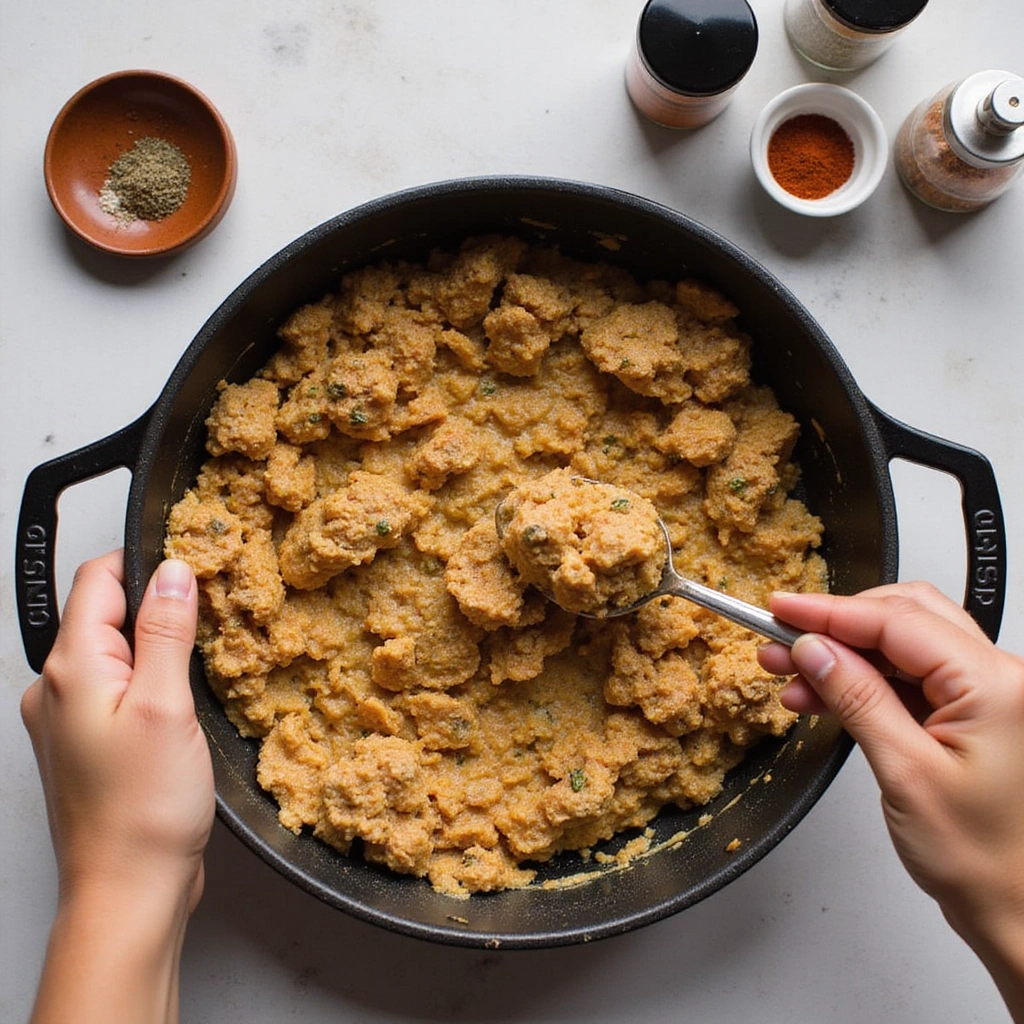
Taste the mixture and adjust seasoning with smoked paprika, garlic powder, and salt if needed.
This step ensures that the flavors are balanced to your preference.
Remember that the BBQ sauce may already have salt, so adjust accordingly.
Make sure to mix thoroughly after adding any new seasonings.
Step 6: Serve Warm
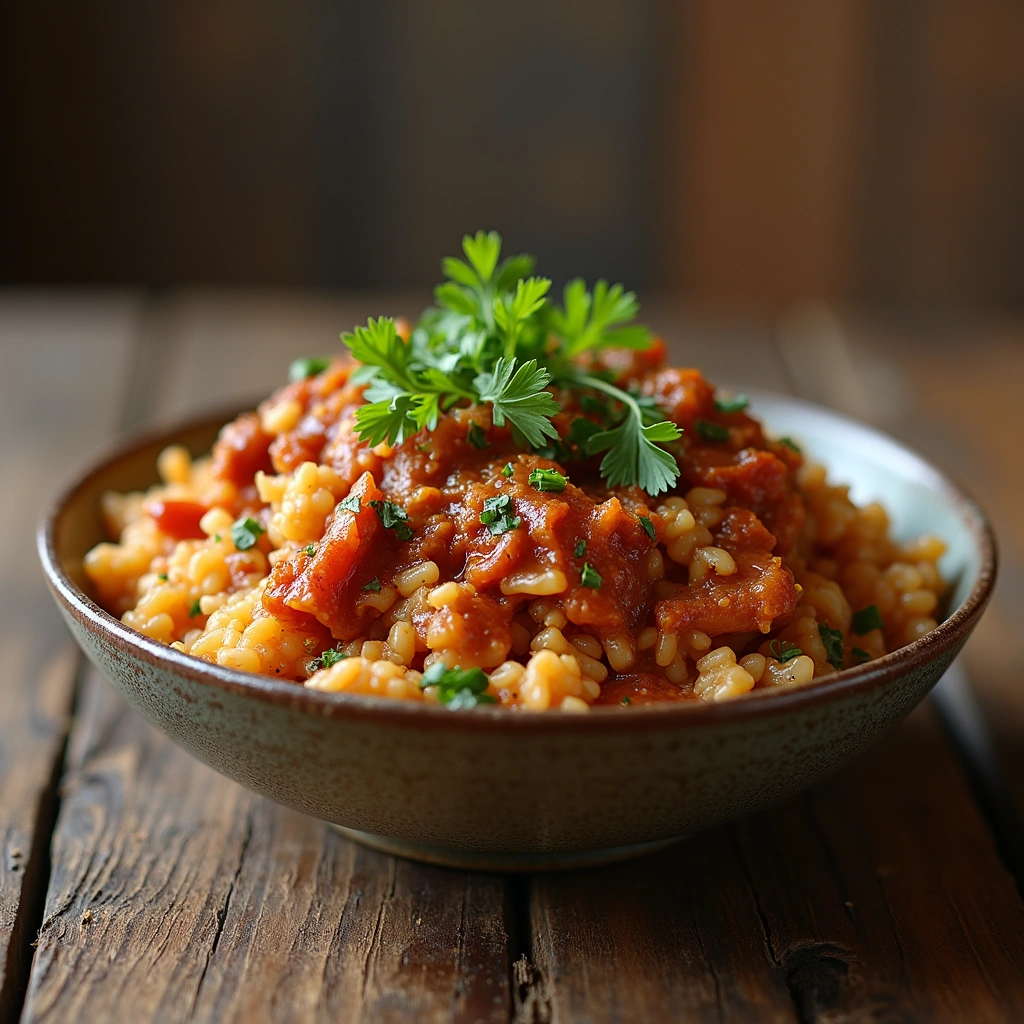
Once everything is heated through and seasoned to your liking, remove from heat.
Scoop the mixture into serving bowls or plates.
Garnish with fresh herbs like cilantro or parsley for a pop of color and flavor.
Serve warm, alongside your favorite sides for a complete meal.
Step 7: Store Leftovers Properly
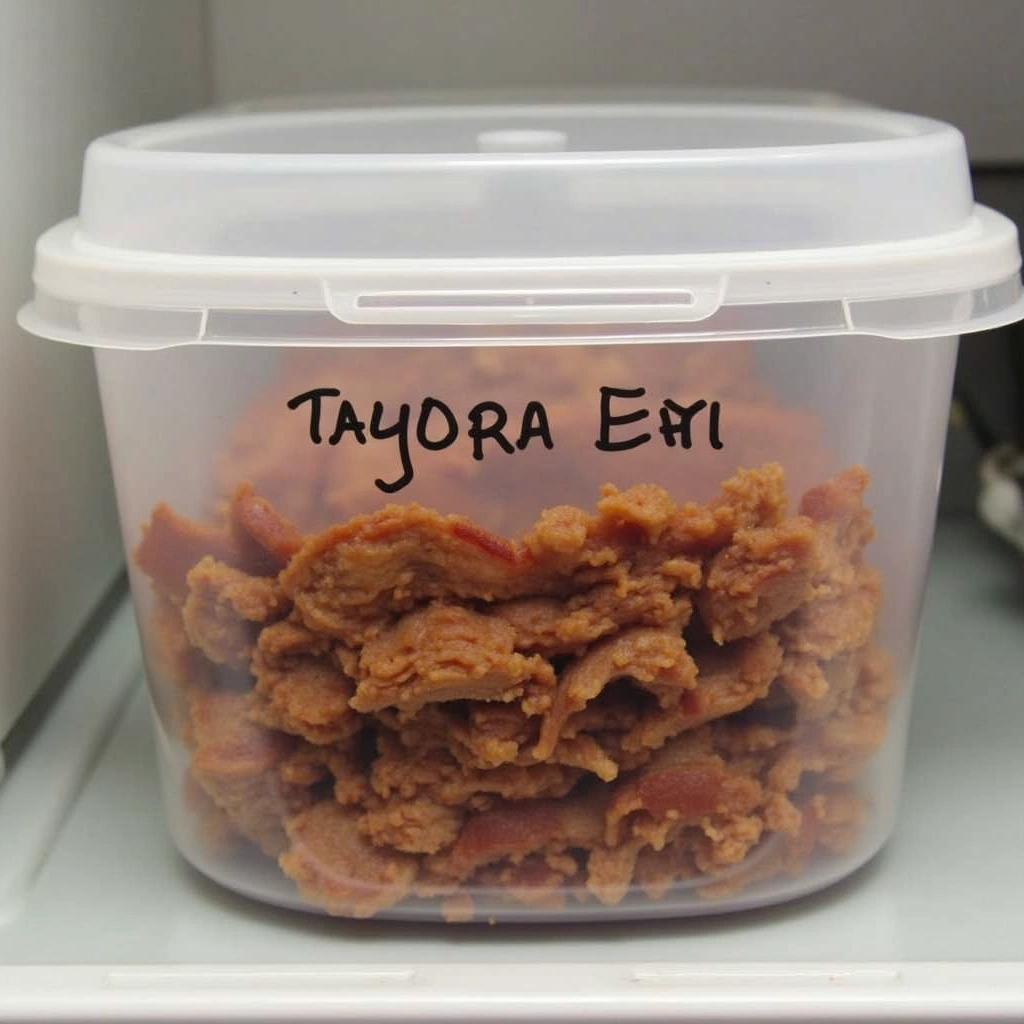
If you have leftovers, let the mixture cool completely before storing.
Transfer to airtight containers for best preservation.
You can keep it in the refrigerator for up to 3 days or freeze for up to a month.
Proper storage ensures that the flavors remain intact for your next meal.
Step 8: Reheat Before Serving
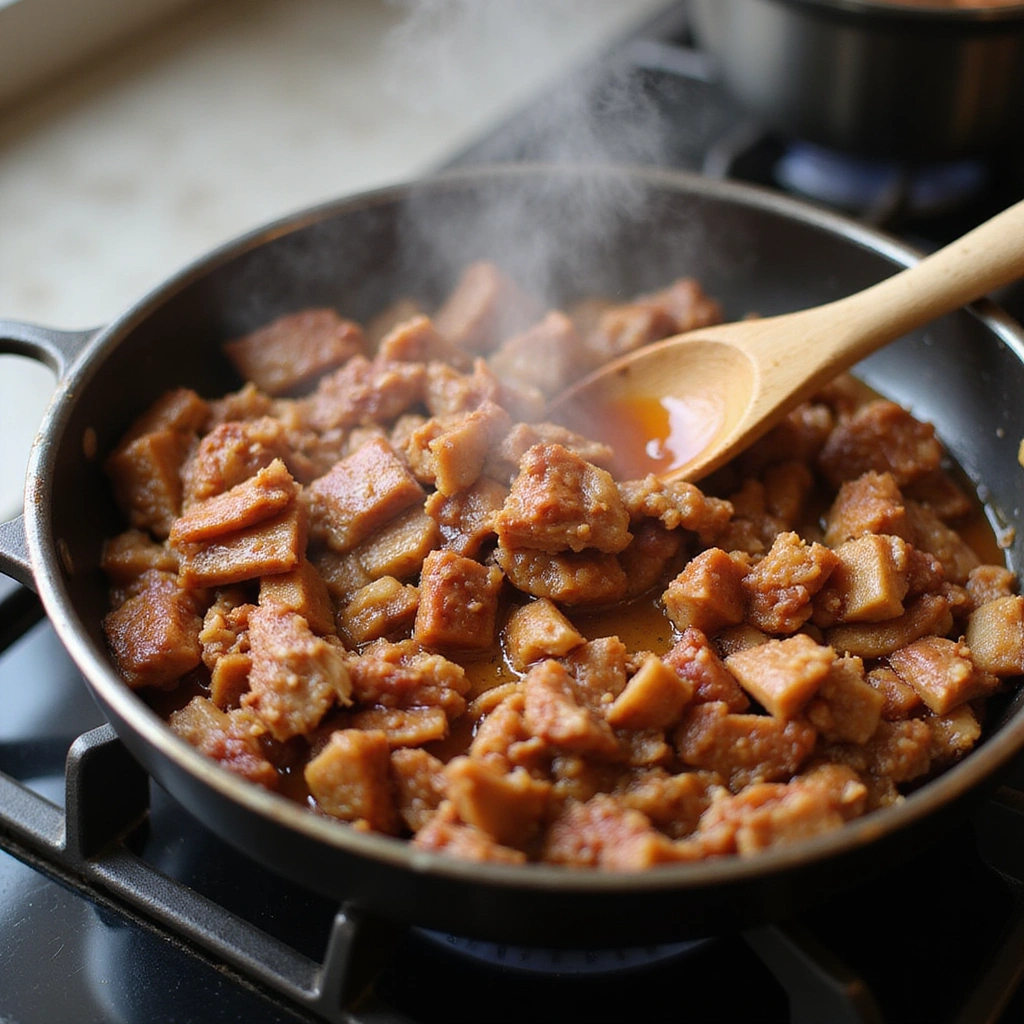
To reheat, transfer the mixture to a skillet over medium heat.
Add a splash of water or broth to prevent sticking and ensure even heating.
Stir frequently until warmed through, about 5-7 minutes.
This method keeps the dish moist and flavorful.
Critical Timing and Temperature Guide
Cooking Pulled Pork: Cook the pork for at least 8 hours on low in a slow cooker or 4-5 hours on high. Look for the meat to be tender and easily shredded. Avoid cooking too long on high as it can dry out.
Sautéing Vegetables: Sauté vegetables until soft, about 5-7 minutes. They should be translucent and fragrant. Overcooking can lead to mushiness, so keep an eye on them.
Simmering Mixture: Once combined, let the mixture simmer for 5-10 minutes. It should be bubbling gently, indicating it’s ready to serve. Avoid boiling, which can dry out the dish.
Pro Tips for Creative Leftover BBQ Pulled Pork Recipes You’ll Crave Again
• Ingredient Selection: Choose high-quality BBQ sauce; a homemade version can elevate the flavors significantly.
• Preparation Secret: Consider adding a splash of bourbon or whiskey to the sauce for a unique twist.
• Temperature Management: Ensure all ingredients are at room temperature before cooking to promote even heating.
• Texture Enhancement: For extra crunch, top the finished dish with crispy fried onions or fresh slaw.
• Flavor Layering: Incorporate spices such as cumin or chili powder during the mixing stage for an added depth of flavor.
• Make-Ahead Strategies: Prepare the pulled pork and sauce a day in advance for better flavor development.
• Restaurant-Quality Finishing Touches: Serve the dish with a drizzle of sour cream or yogurt for creaminess.
• Equipment Optimization: Use a digital thermometer to ensure your pork reaches the safe internal temperature of 190°F for shredding.
Troubleshooting Common Issues
• Flavor Too Mild: If your dish lacks flavor, consider adding more BBQ sauce or spices during the cooking process. Taste as you go to avoid overwhelming the dish.
• Texture Too Dry: If the pulled pork is dry, rehydrate it with some broth or additional BBQ sauce during reheating to restore moisture.
• Bland Rice: If the rice is bland, stir in some additional seasoning or a dash of soy sauce before serving to enhance its flavor.
• Overcooked Vegetables: If your vegetables are mushy, reduce the cooking time during sautéing next time to maintain their texture.
• Too Saucy: If the mixture is too saucy, simmer it uncovered for a few minutes to allow some moisture to evaporate and thicken the sauce.
Variations and Regional Differences
• Carolina Style: In this variation, vinegar-based sauces are used to dress the pulled pork, giving it a tangy flavor profile.
• Kansas City Style: This version emphasizes a thicker, sweeter sauce with molasses and brown sugar, often served with baked beans as a side.
• Tex-Mex Style: Incorporating black beans, corn, and taco seasonings into the pulled pork creates a fusion dish perfect for tacos or burritos.
• Modern Interpretations: Many chefs now create bowls with pulled pork over quinoa or cauliflower rice, catering to contemporary health trends.
Food Science Behind the Recipe
• Maillard Reaction: This is the chemical reaction that occurs when proteins and sugars are heated, creating the rich flavors and brown color in the pulled pork. Understanding this can help elevate your searing techniques.
• Gelatinization: When cooking the pork low and slow, collagen breaks down into gelatin, which contributes to the meat’s tender texture. This is why patience in cooking is crucial for great pulled pork.
• Emulsification: When combining the BBQ sauce with the pork and vegetables, the goal is to create a homogenous mixture that enhances flavor. Knowing how to properly emulsify your sauce can lead to a better final product.
Frequently Asked Questions
What’s the most common mistake people make when preparing Creative Leftover BBQ Pulled Pork Recipes? The top mistake is not seasoning adequately; always taste and adjust as you go.
Can I prepare components of this dish in advance? Yes, you can prepare the pulled pork and sauce ahead of time, storing them separately in the fridge.
How do I adapt this recipe for dietary restrictions? For gluten-free diets, ensure your BBQ sauce is gluten-free; for vegetarian options, replace pork with jackfruit.
What’s the best way to store and reheat leftovers? Store in airtight containers in the fridge for up to 3 days; reheat on the stove with a little water to maintain moisture.
Can I freeze this dish? Yes, the mixture freezes well; just ensure it’s cooled and stored in airtight containers for up to a month.
What wine or beverages pair best with this dish? A medium-bodied red wine like Zinfandel or a crisp lager works well with the smoky flavors.
How can I scale this recipe up for a crowd? Simply multiply the ingredients by the number of servings you need, ensuring enough cooking space and time for everything to heat through.
What side dishes complement this recipe best? Coleslaw, cornbread, or a simple green salad with vinaigrette pair beautifully.
How do professional chefs elevate this dish for restaurant service? They often add gourmet touches like pickled vegetables or unique sauces to create a memorable experience.
Serving and Presentation Guide
• Traditional Presentation: Serve the pulled pork mixture in a rustic bowl, garnished with fresh herbs and accompanied by cornbread or coleslaw on the side.
• Modern Plating Ideas: For a contemporary twist, layer the mixture in a clear glass with fresh greens at the bottom, creating a visually appealing layered effect.
• Accompaniment Suggestions: Pair with pickled jalapeños or a tangy slaw to cut through the richness of the pork.
• Special Occasion Presentation: For a festive touch, serve the dish on a large wooden platter, allowing guests to help themselves, along with an array of toppings.
Conclusion
Trying these Creative Leftover BBQ Pulled Pork Recipes will surely impress your family and friends.
With the right techniques and ingredients, you can transform simple leftovers into something extraordinary.
I hope you enjoy experimenting with these flavors as much as I do!

